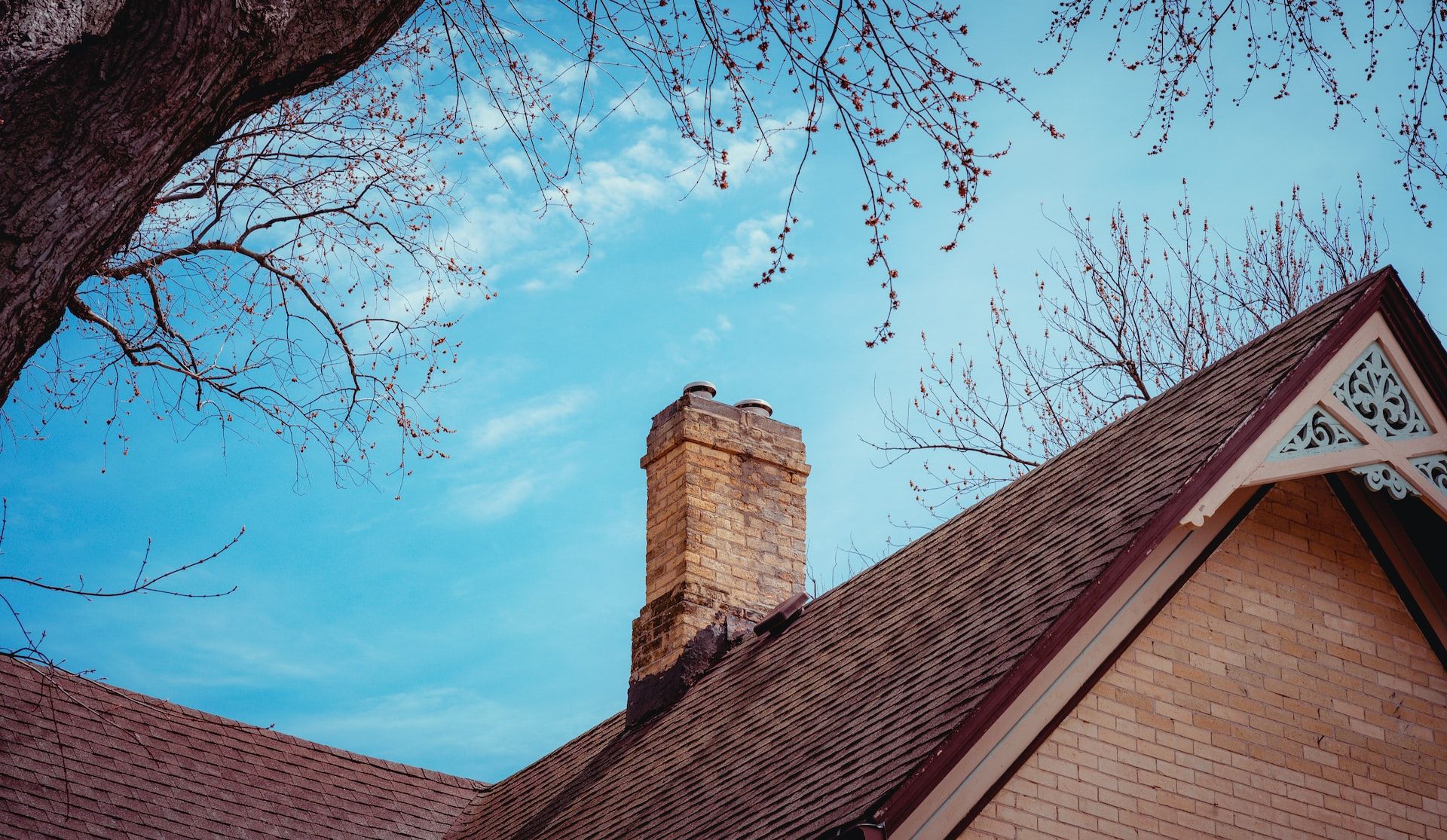
Architecture Design: All about Chimneys
Here at Munday + Cramer, we are passionate about everything to do with architecture design. Through the years, we have played a part in many large-scale projects, from rebuilding homes to fully refurbishing listed buildings.
During this time, we have learnt all there is to know about chimneys and how these can add a huge element of character to any new build. Trust us when we say that these shouldn’t go overlooked in the design phase. They really are a vital consideration!
The different chimney types
When it comes to knowing everything there is about architecture design, the learning never stops. Even as specialists in this area for over 40 years, we are constantly enhancing our skills and educating ourselves in new areas.
With this said, you may think that something like a chimney is a minor consideration, but through our many years of experience we think it is definitely worth putting a bit of thought into. So that you can appreciate the true importance of chimney design, we’ve noted some of the most popular styles here in the UK, so you know what you have on your current property or give some ideas on what you might want to include on a new property.
Masonry chimneys
When we look at the UK’s architecture design, we most commonly see masonry chimneys. These are typically built from materials such as mortar, bricks, cement, and stone.
Usually accompanied by traditional a masonry fireplace, this design allows heat to pass upwards. The chimney acts as a tunnel and disperses the smoke out and into the air above. When built with specialist bricks, this material can absorb warmth, heating the rest of your home.
In terms of durability, with the right maintenance and care, masonry chimneys can be incredibly resilient. That’s right, it isn’t just the aesthetics that should be considered, but also how economical they are and how well they will hold up.
Metal chimneys
Metal chimneys work in a similar way to that of the masonry variety. They can, however, be far less visually pleasing (depending on your chosen architecture style). In terms of space, metal chimneys are often quite large, as most people choose to encase them.
This style of chimney can be double or triple-walled. Insulation is usually used when a chimney is double-walled and can help to make the heat spread around the house further. Meanwhile, triple-walled chimneys lack insulation and instead contain air gaps between the layers. This helps to dissipate heat.
Prefabricated chimneys
For those of you living in a new build, it’s highly likely that attached to your home you have a prefabricated chimney. These are modern, contemporary, and innovative, and this feel is usually echoed inside the house with the fireplace too.
This style of chimney is most often manufactured within a factory and then transported to the home to be fitted. This option is often more affordable and is a popular choice due to this. The only downside, however, is the lack of durability. Even with correct care, the materials used to build this type of chimney will tend to age faster and repairs may be required by a professional firm much sooner than other types of chimney.
There are plenty of different types of prefabricated chimneys that are built within factories. The main 4 are:
- Double walled chimneys
- Air-insulated chimneys
- Air-cooled chimneys
- Combination chimneys
Each have their own benefits an drawbacks, which will all have to be taken into consideration when it comes to your architecture design.
Getting in touch with Munday + Cramer
Interested in knowing more about how our team can assist you with architecture design? Regardless of the scale, Munday + Cramer would love to get involved in your project! To reach us, just click here or call 01245 326 200.